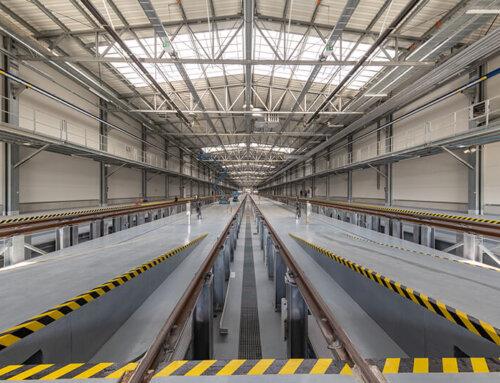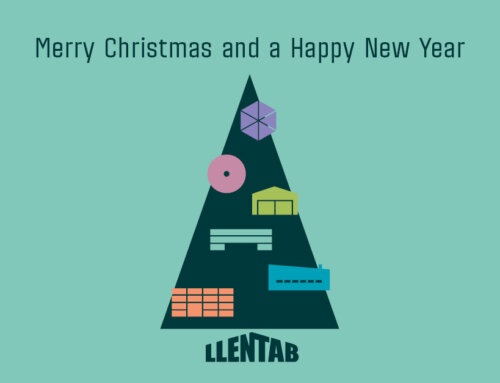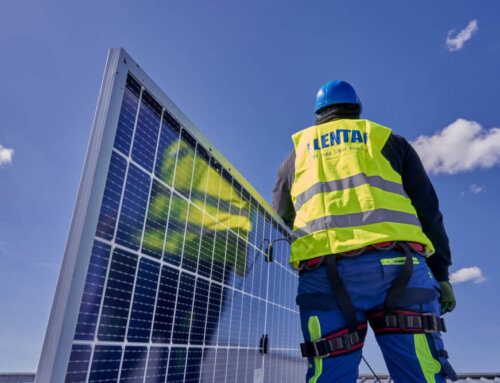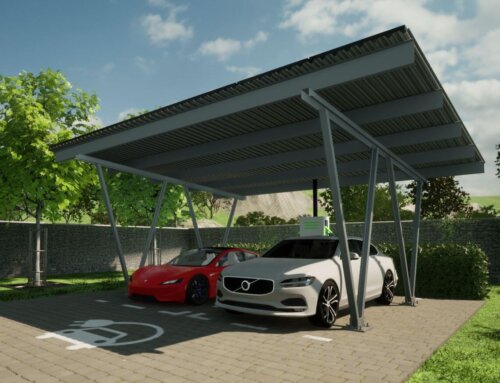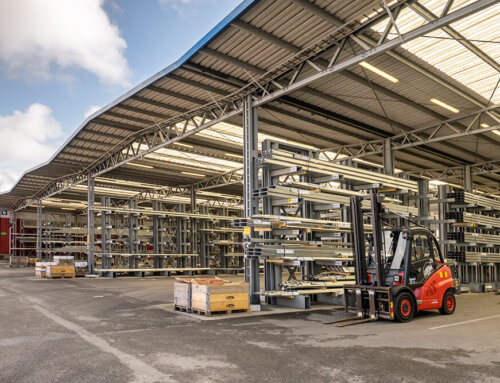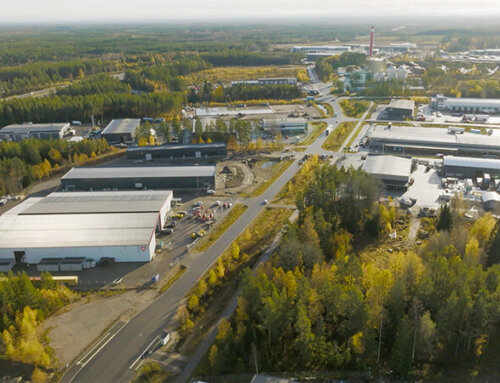Good building legislation not only influences the quality and safety of structures, but also has a fundamental influence on the health of the construction sector and the economy as a whole. At the same time, it is not the investor who pays the price for any complications, but all of us. The consequences are visible – the construction of necessary infrastructure is held up, there is a lack of new premises and flats and their prices rise and rents follow suit. The influence of the construction sector on the state economy and on the unemployment figures is also significant. According to a recent study, the construction sector accounts for an average of 6.5% of GDP in OECD economies. At the same time, the construction sector is the largest industrial employer in Europe and it contributes ca. 7% to employment.
The World Bank regularly draws up a Doing Business index, in which it ranks countries according to various conditions for local businesspeople. This not only includes the issuance of building permits, but also the establishment of companies, access to electricity, the difficulties associated with getting a loan, protection for minority stakeholders, the tax burden, cross-border trade, legal enforceability and the resolution of bankruptcy. LLENTAB is active in seven European countries and the values which these individual countries have received in the Doing Business 2019 rating provide a good illustration of the differences involved in obtaining building permits.
Getting a building permit is often complicated in the Czech Republic
And this has also been confirmed by the latest Doing Business 2019 index. According to this international comparison, it is easiest to acquire a building permit in Hong Kong, but it is also simple in Lithuania, Estonia, Germany and Poland. The Czech Republic is far behind these countries, including a number of African countries, and its 156th place (out of 190 economies) ranks it among the 40 worst countries in the world. A Czech businessperson must set aside an average of 246 days to acquire a building permit for an ordinary warehouse, while the average among advanced OECD states is just 153 days.
Slovakia is in a similar situation to the Czech Republic
Both neighbours have much in common in the area of building permit proceedings. Slovakia admittedly requires fewer building operations, but according to the World Bank it takes 10 months to get a building permit there, which is far and away the longest of all the seven countries where the LLENTAB Group is active. There is also a similar negative trend in both countries; whereas Slovakia was in 103rd place in 2016 (the Czech Republic was 130th), the situation was worse three years later.
According to the World Bank, the best country in this regard is Norway
According to the experience gained from the LLENTAB Norway Branch, the acquisition of a building permit for a small hall takes approximately 5–6 weeks or 12–15 weeks for a medium-to-large hall. The entire process takes place similarly to here. The building permit is handled by the local Building Authority, and the majority of the work is undertaken for the investor by an external company/a private individual who is responsible for the building permit. The project architects at LLENTAB prepare the necessary documents and information and usually spend an average of 30–40 hours on it. The legitimacy of the high position in the World Bank ranking has also been confirmed by the words of Thomas Re Johnsen.
The absolute differences between Norway, Germany and Sweden are not that great, but a detailed view provides some interesting findings. For example, Sweden requires the smallest number of procedures (official communication with third parties, i.e. state authorities, which the investor is required to undertake), but on the other hand the costs for the acquisition of the building permit account for up to 2% of the construction budget. Norway is also in first place among the seven countries where LLENTAB is active from the point of view of costs and the number of procedures. The sad top spot in the number of necessary operations is held by the Czech Republic, with the gap between it and second-placed Slovakia (from the seven countries where LLENTAB is active) being enormous. In order to better illustrate the current situation; the Czech Republic is 190th in the rankings, with 21 operations, i.e. just 13 places from the bottom… And these are only the official figures; the reality with regard to the tens of bodies that are affected is often much worse. For example, the project architects counted 31 decisive statements, decisions and opinions from the authorities that were affected in the case of the Bohemiatex buildings that we presented.
In Sweden, they emphasise fire safety and environmental protection
The complexity of the building permit proceedings in Sweden is not a subject of complaint. It is relatively easy to acquire all the necessary permits and to comply with everything which is associated with the construction. If the building complies with the local development plan, there should not be any significant obstacles. The building permit is issued by the Building Authority and some buildings require a statement on the environmental protection and fire safety. The Building Authorities are not an obstacle either; they are there to help the investor.
The average length of time required to acquire a building permit in Ukraine is 3–5 months
Even though Ukraine is above the Czech Republic in the World Bank rankings, the process of issuing a building permit is highly dependent on the relationship between the local authorities and the investor. The process itself is no different; it is necessary to submit the construction project, the static calculations, the provision of fire safety, etc. The drawings must have been signed by authorised project architects. The length of the preparation phase for the project documentation depends on the type of hall and the complexity of the nature of the project and it can take one and a half months. During the course of the construction, the investor is responsible for the compulsory technical supervision. The World Bank has stated in its index that the share of the costs for the building permit proceedings in Ukraine accounts for around 6%, but Konstantin Ivanov says that it is much more.
Unlike in Norway, Sweden and Germany, the local authorities and bodies do not assist the investor, but represent more of an obstacle. If, however, the local authorities are loyal to the investor, the formalities only take a few weeks.
In Poland, the owners of the neighbouring properties have a significant influence on the construction
A number of designers in that country will be bound to agree with this opinion. The length of the building proceedings is influenced by the site of the hall and its compliance with the zoning laws in the given municipality. There are no fundamental differences in the structure of the authorities that are affected; in Poland too, the investor has to acquire statements, decisions and opinions from the Building Authority, the fire brigade, the Environmental Protection Department, the Transport Department, the Public Health Department and the suppliers of electricity, water and gas. The number of operations is admittedly somewhat lower than in the Czech Republic or in Slovakia, but the entire process takes 6–12 months on average. The authorities that are affected are neutral with regard to the investor, but complicated situations which complicate the entire process also often occur. Dissenting statements from the owners of the neighbouring properties are often a significant problem.
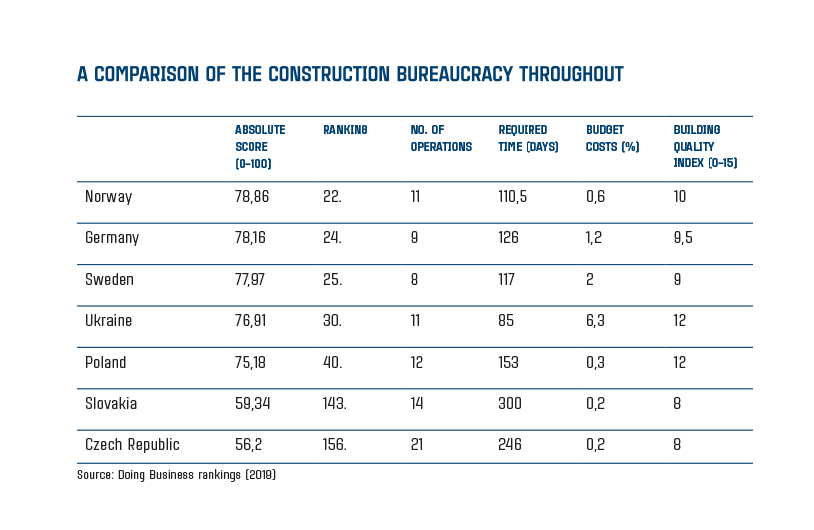
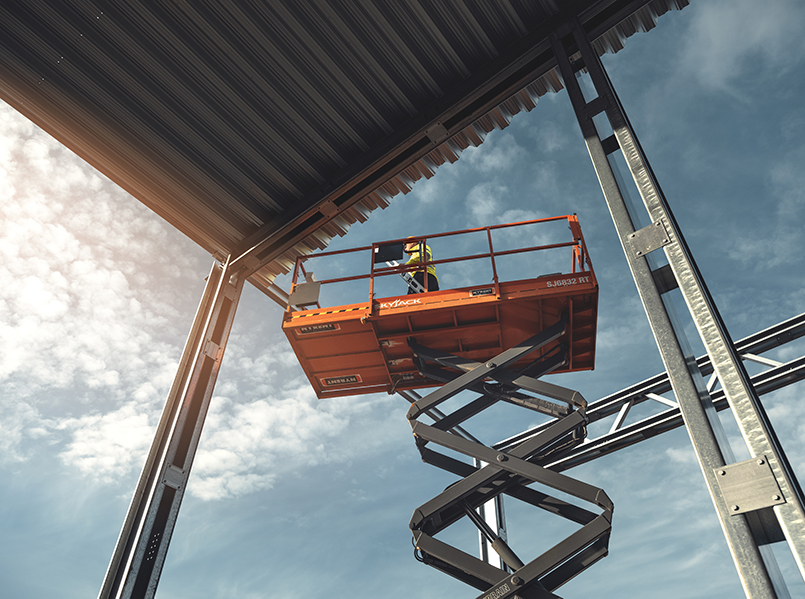

“If we do everything correctly and we follow the instructions, the local authorities help us a lot and the entire process is relatively smooth. At the same time, it is not possible to state that the Norwegian authorities require significantly different documents than in other countries – Norway also requires many standard documents. The main documents include the map documents, the location of the building, the drawings, a description of the building, its use, the provision of parking and so on. Consent from the owners of the surrounding properties and proposals for entry solutions, water, sewerage, fire regulation, safety and other areas are also required. Other documents are also required, depending on the type and use of the building.”

„According to the Building Permit Issuance Act, you are entitled to receive the building permit within 10 weeks of submitting the complete application. In most cases, however, you get it much sooner. However, there are,
of course, exceptions and it is sometimes necessary to wait a while longer.“

„In our experience, the costs for the building permit can achieve even 10% of the total construction costs. These amounts can include, for example, official fees and contributions to the development of local infrastructure.“

„The entire process is complicated by the repeating 30-day deadlines; the authority in question issues a statement on the project with a number of comments, we incorporate them into the project and then the 30-day deadline for a response starts again – and then another 30 days and another…“



